Nestled within the emerald hills of Northern Thailand, the Lisu people are a vibrant and distinctive ethnic group that adds a layer of cultural richness to the region's diverse tapestry. With their unique customs, vibrant clothing, and enduring connections to the land, the Lisu people beckon us to delve into their history, traditions, and the essence of their identity.
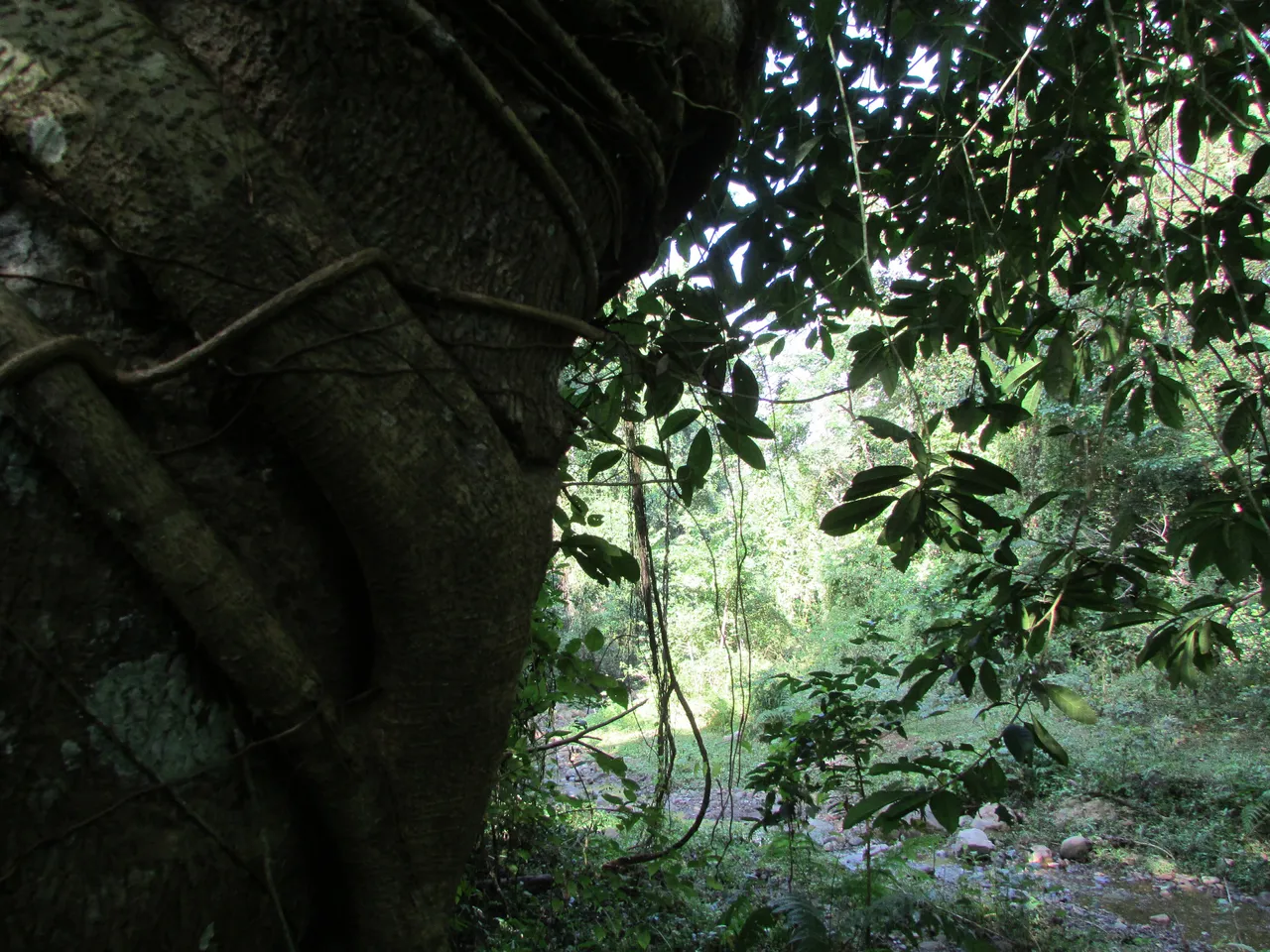
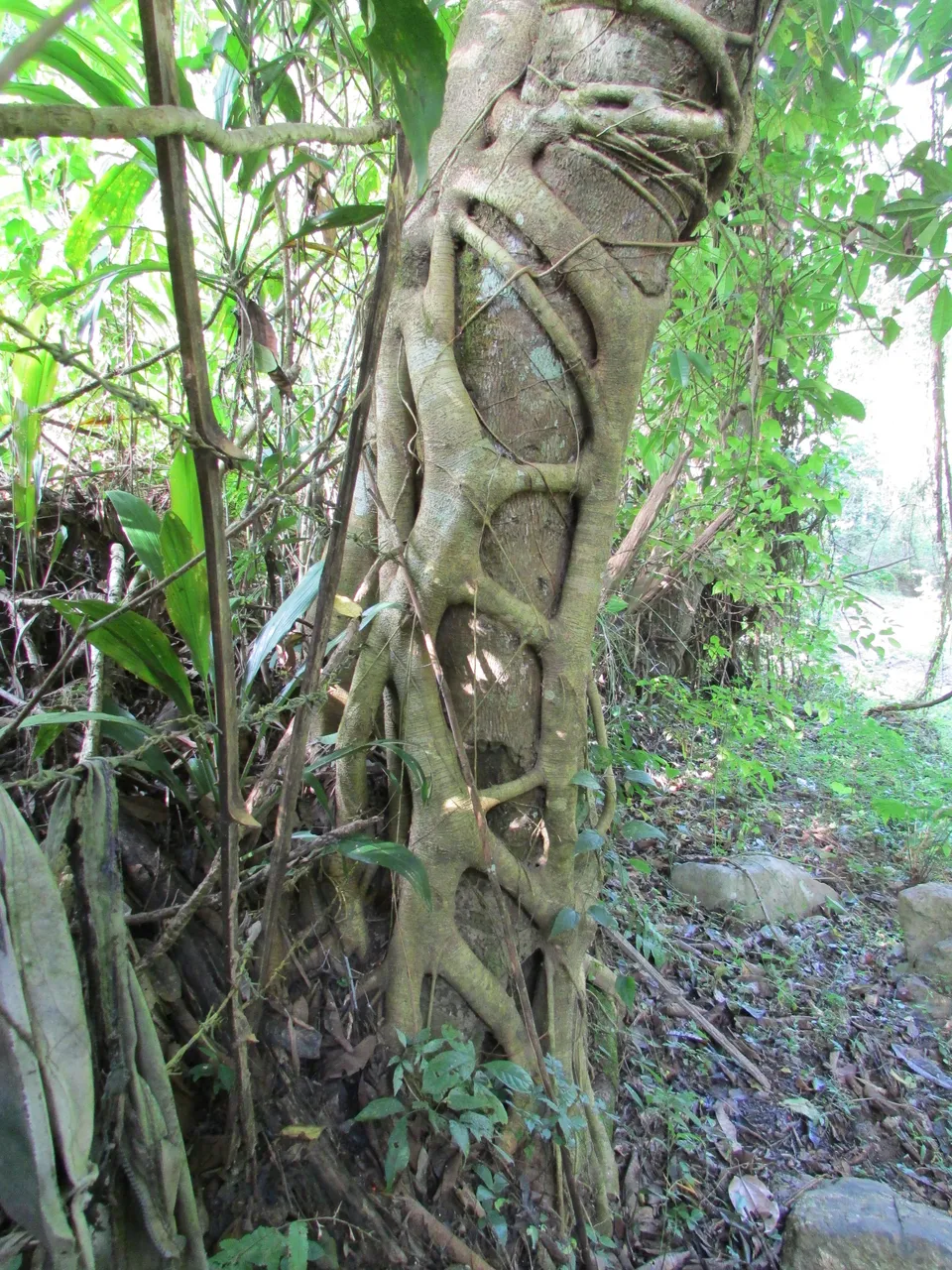
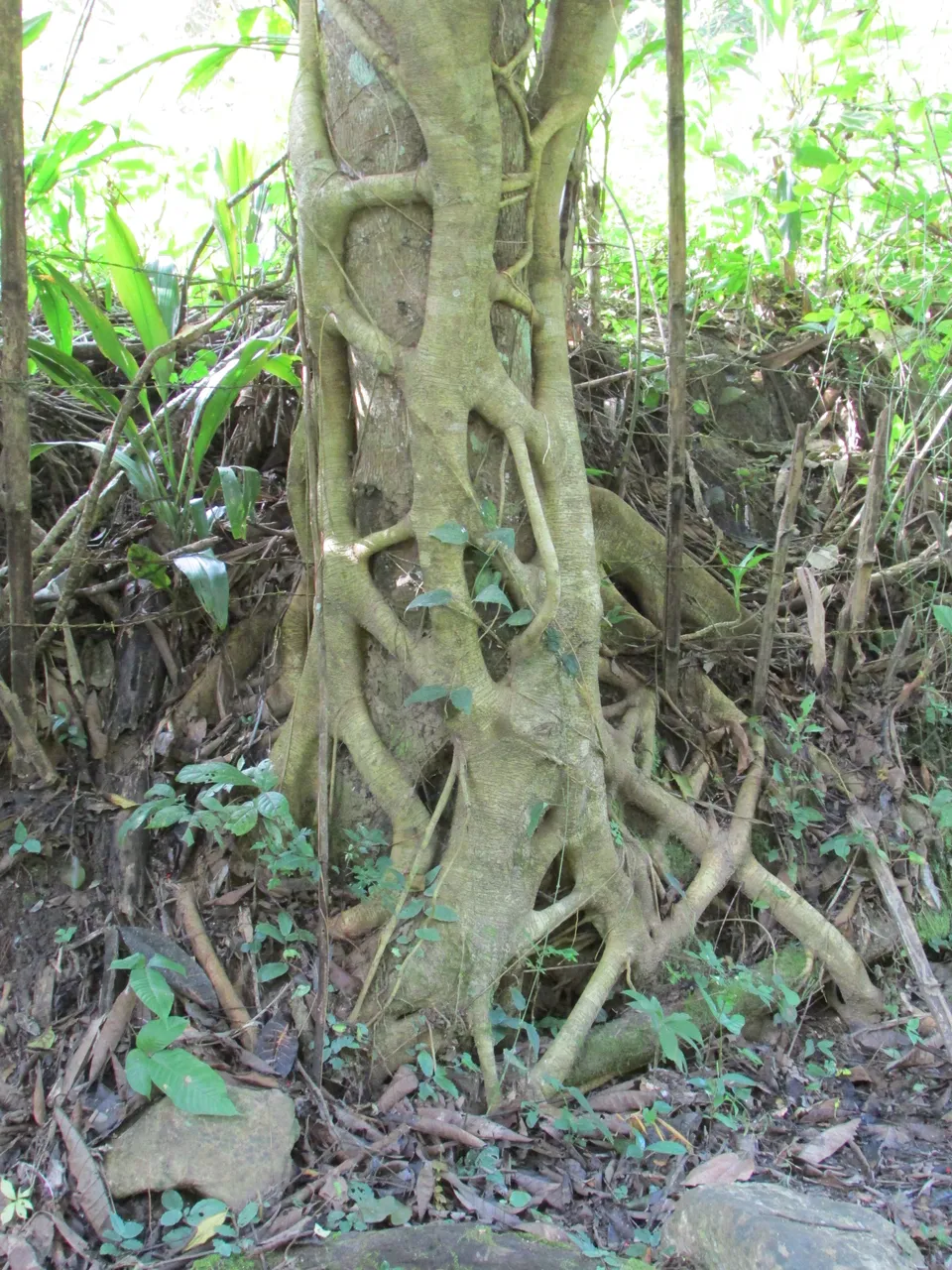
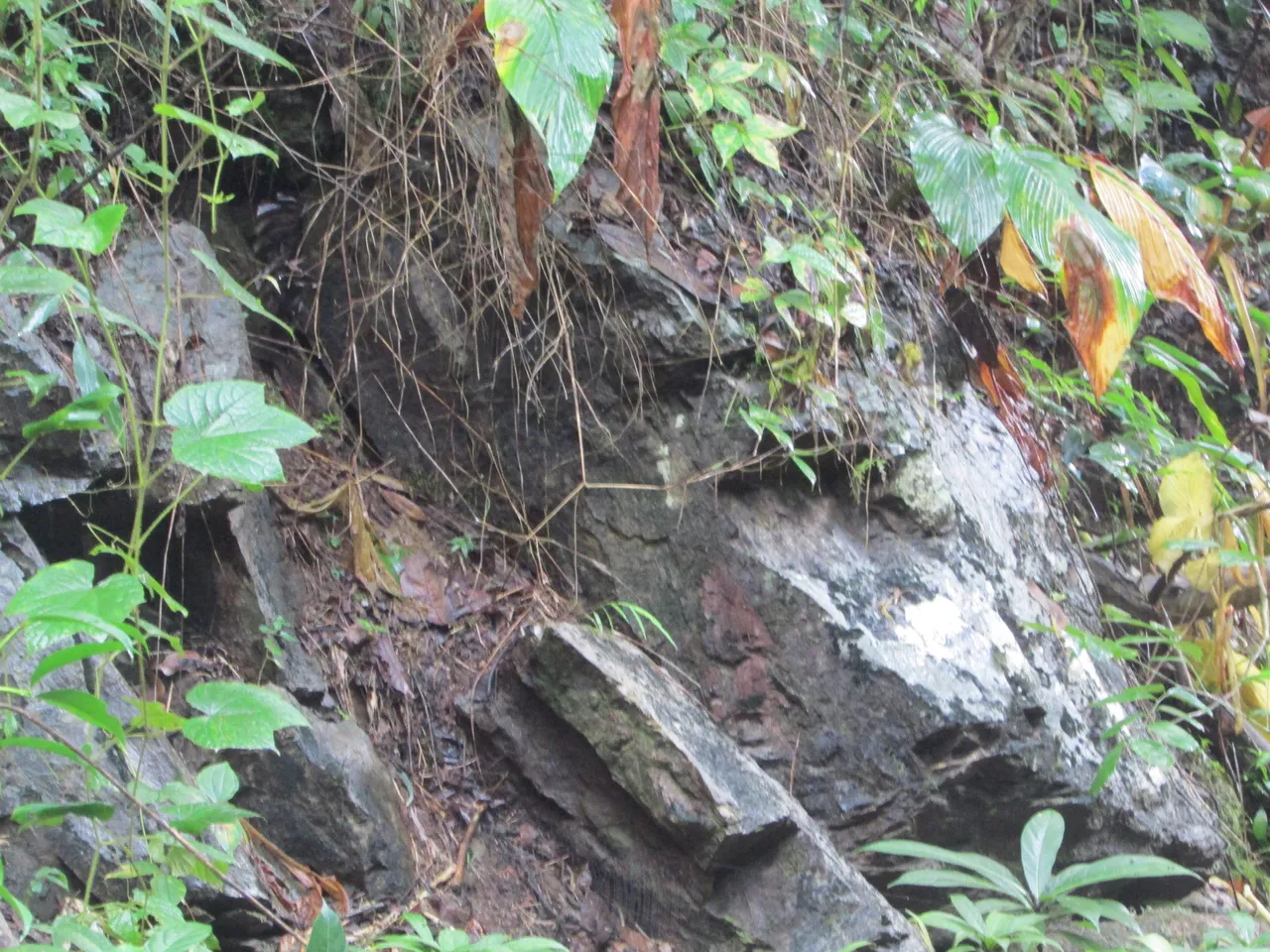
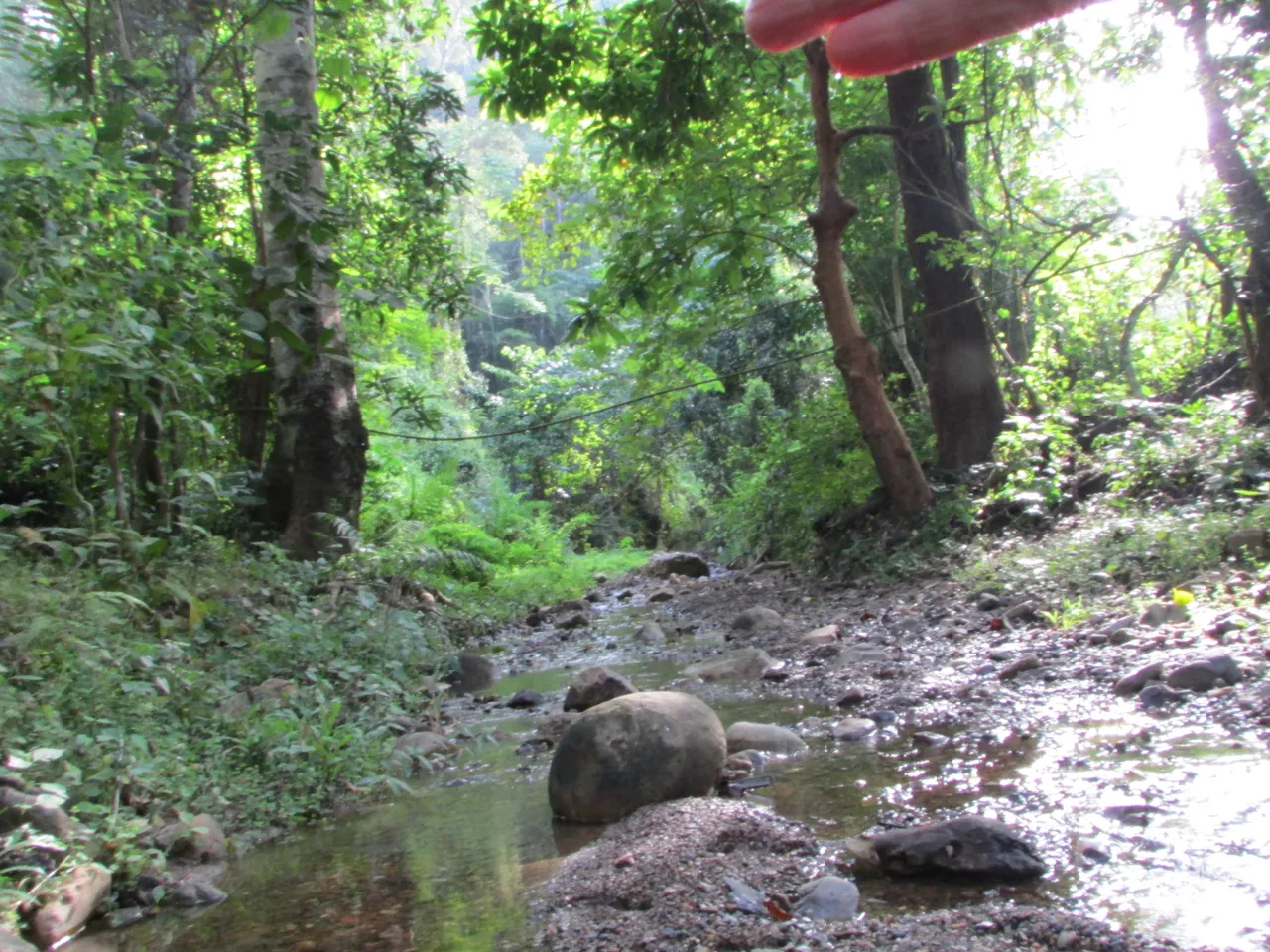

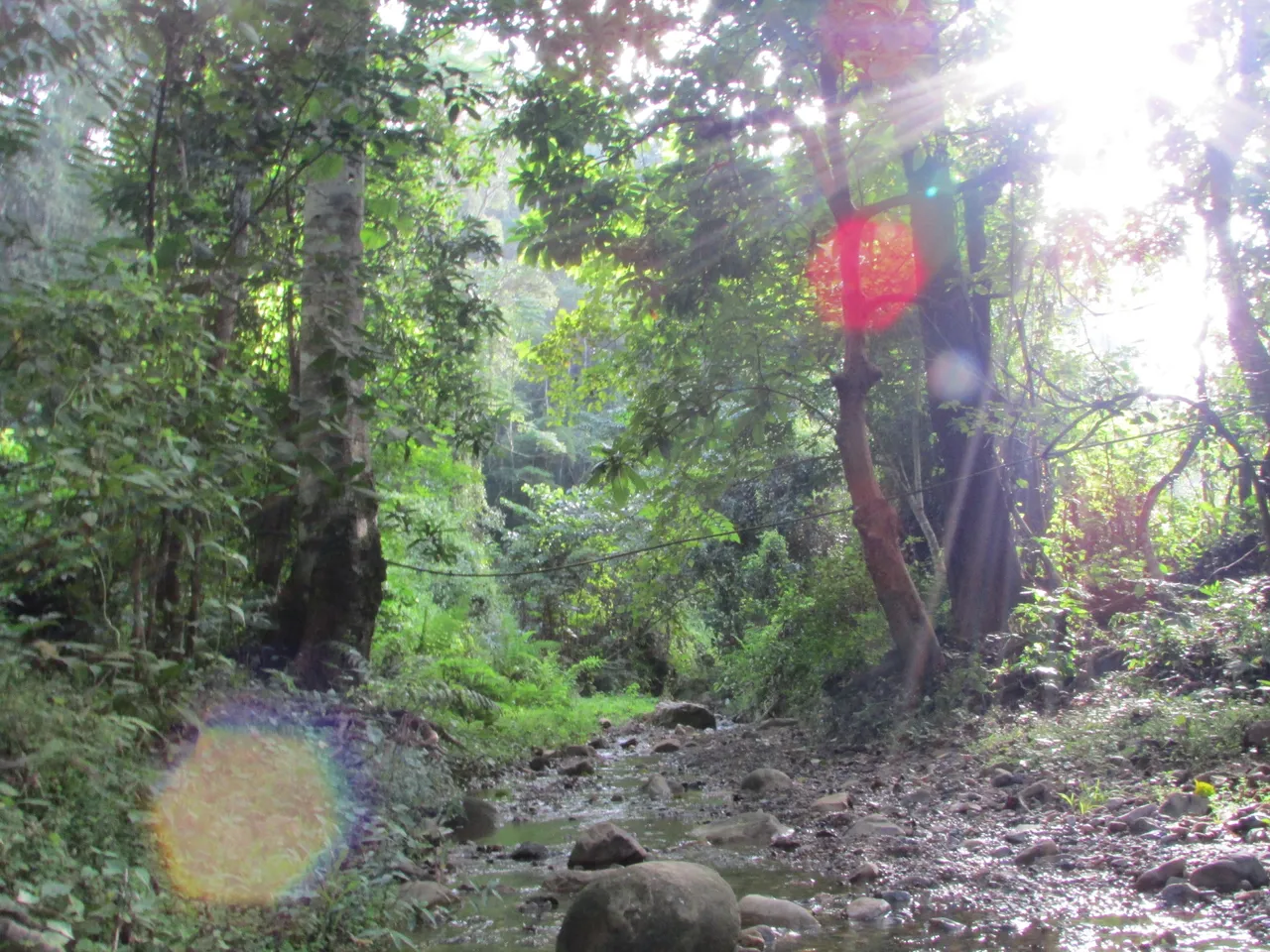
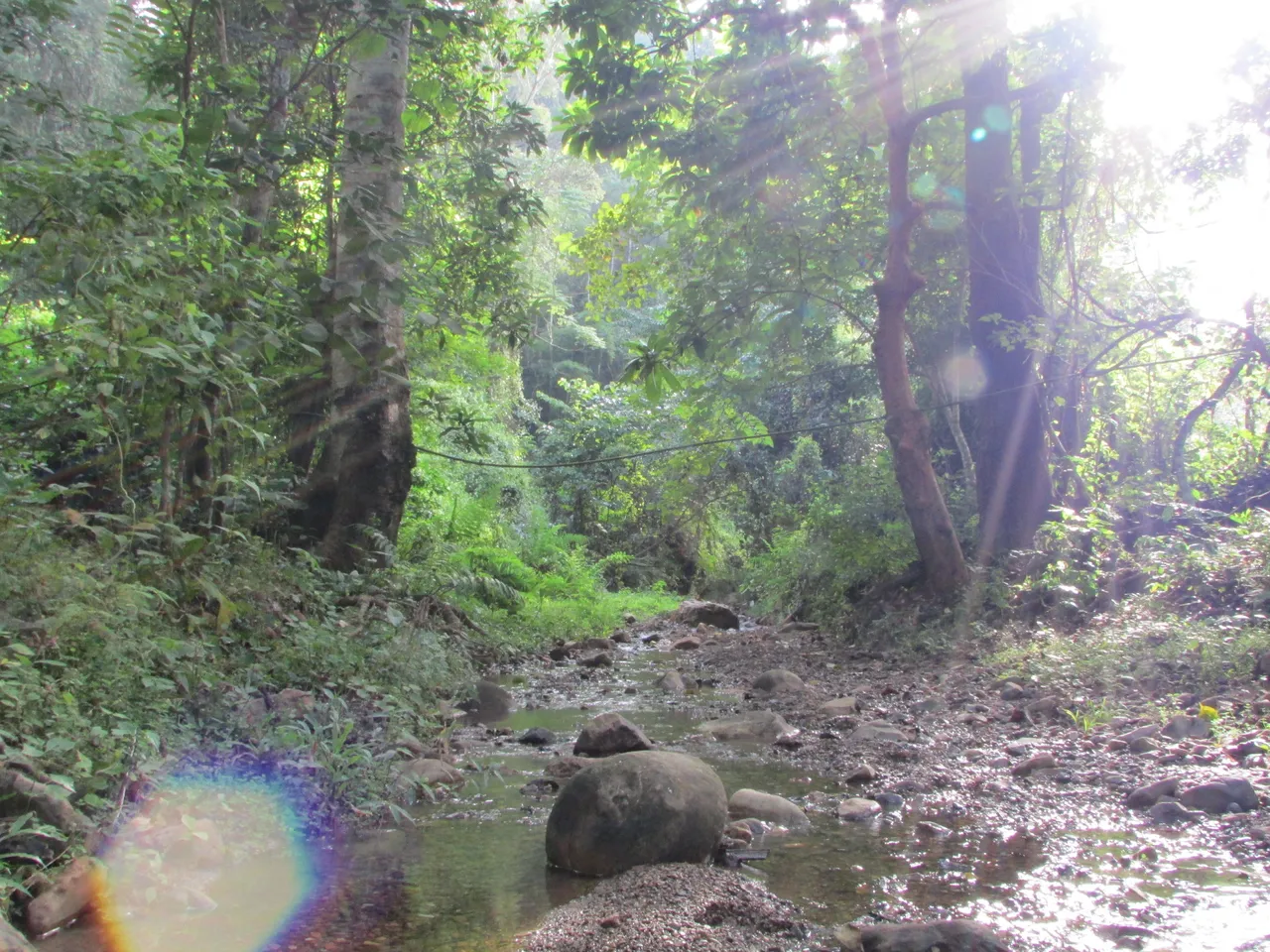
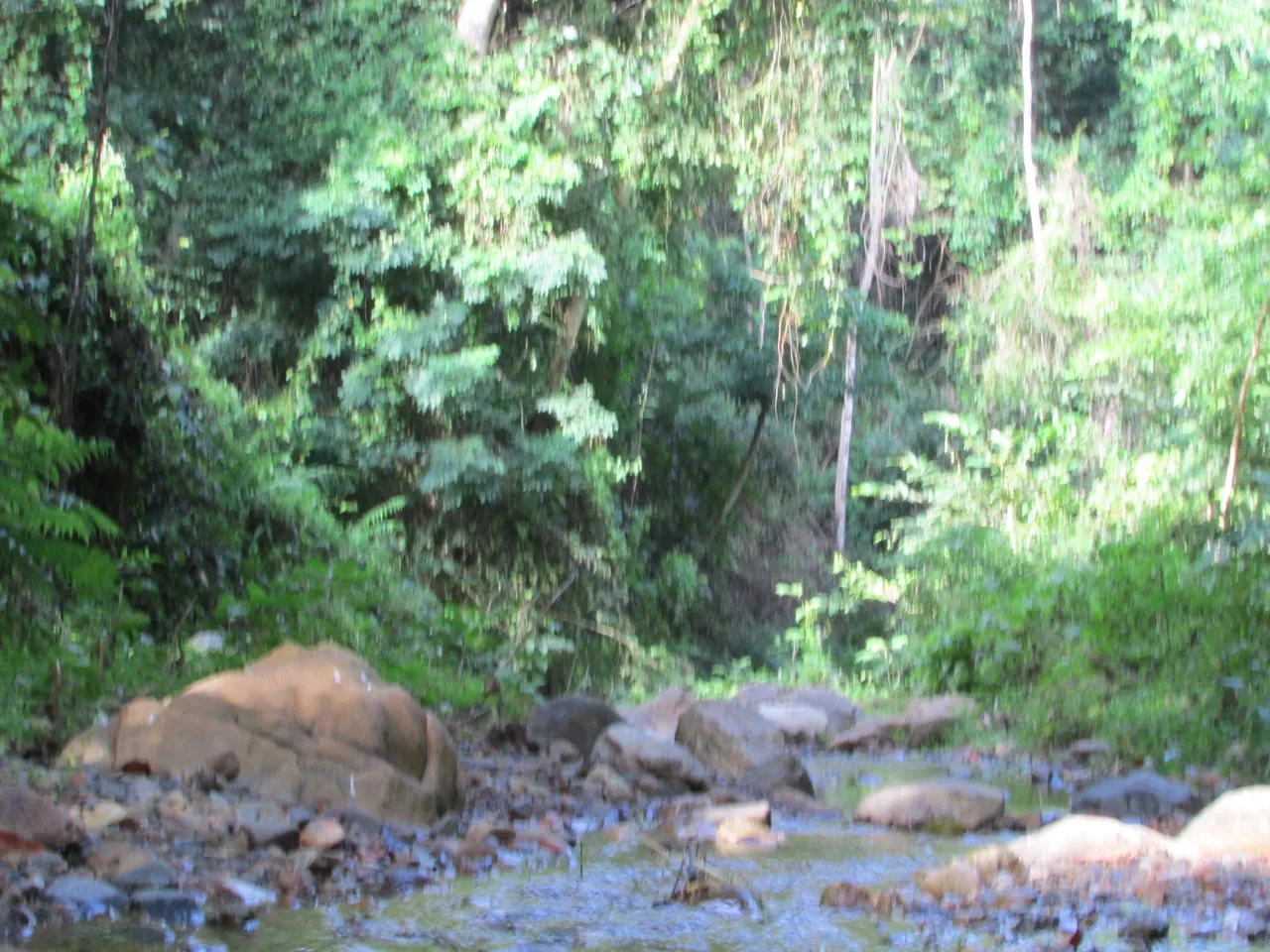
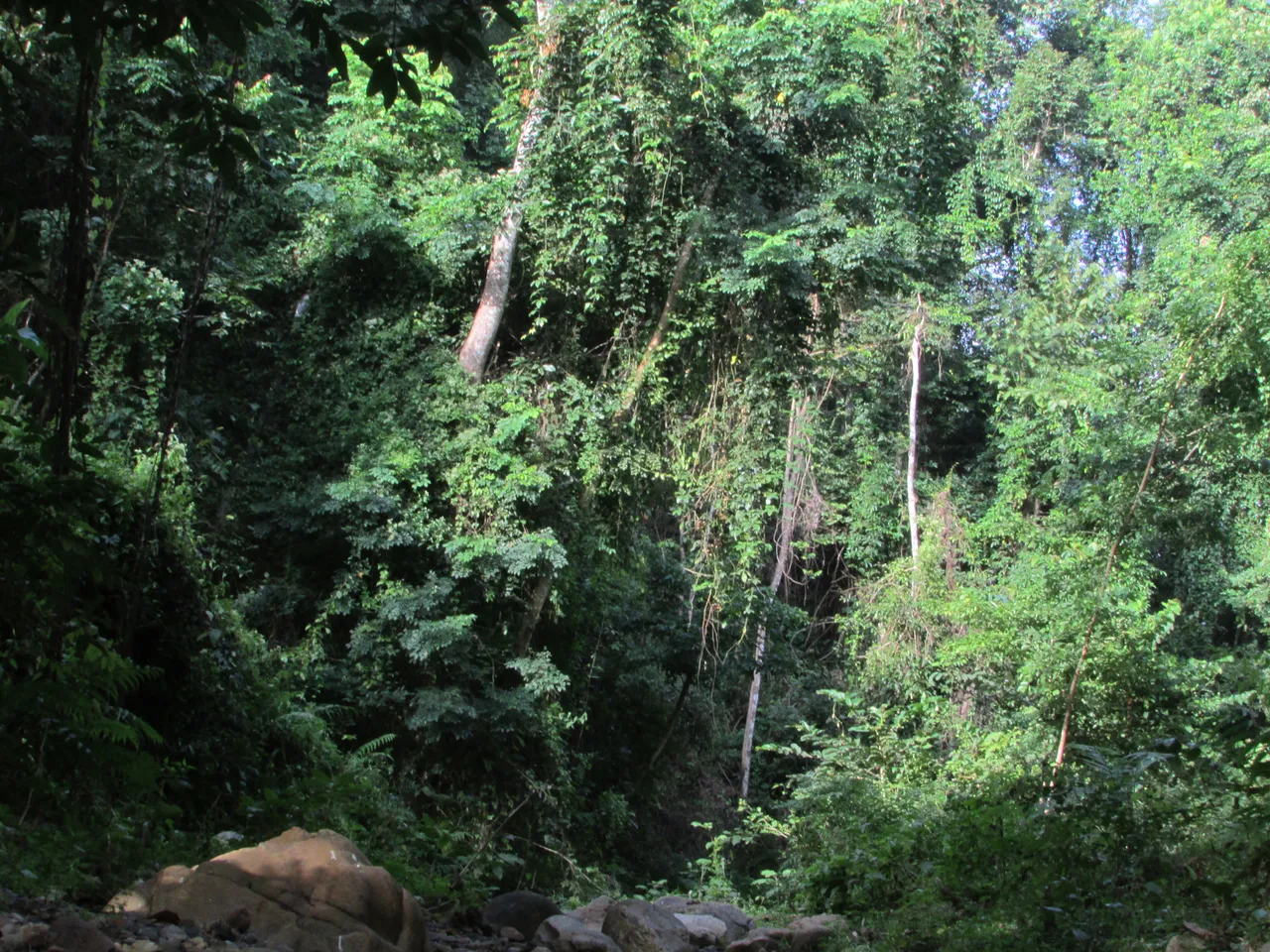
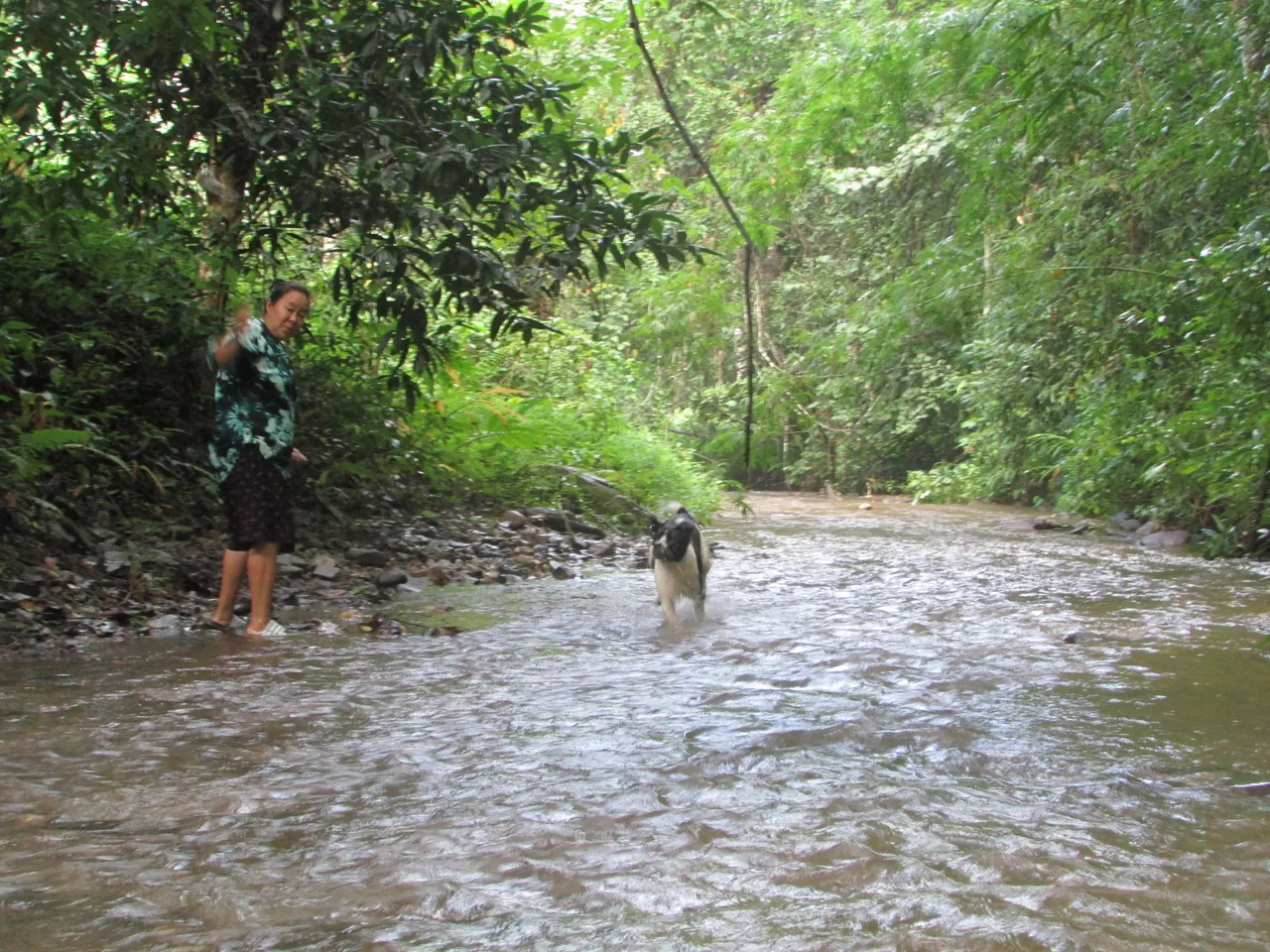
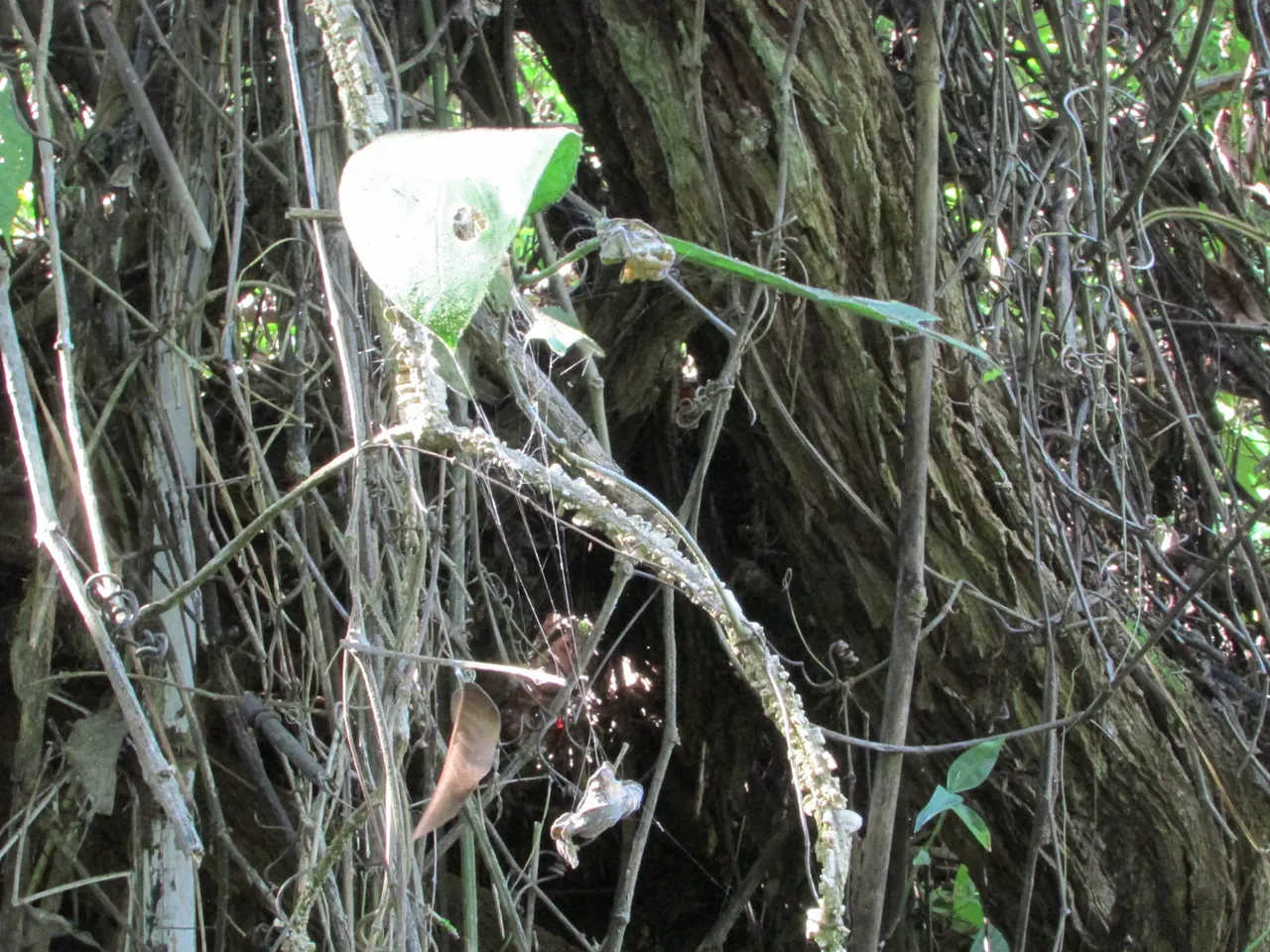
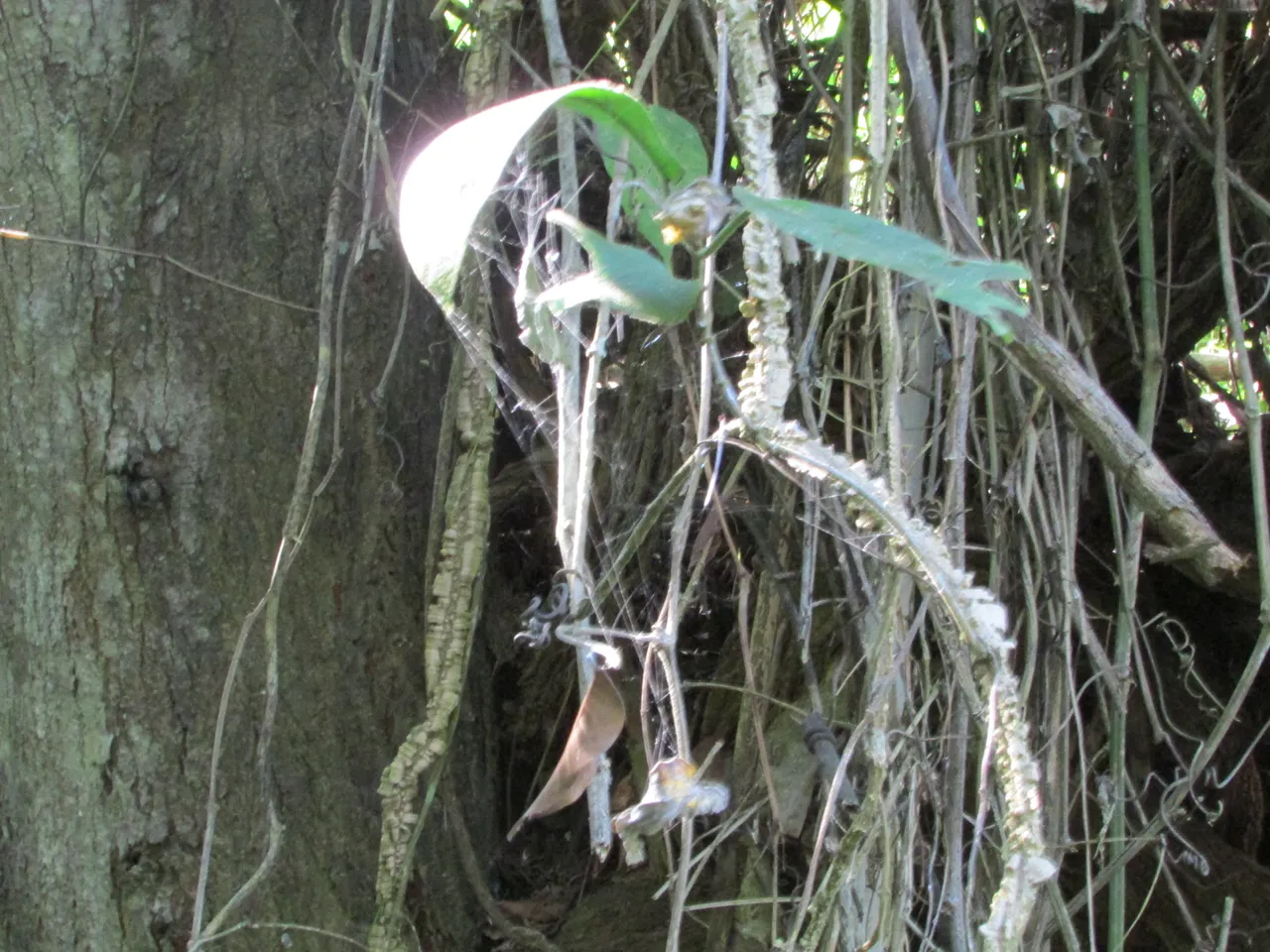
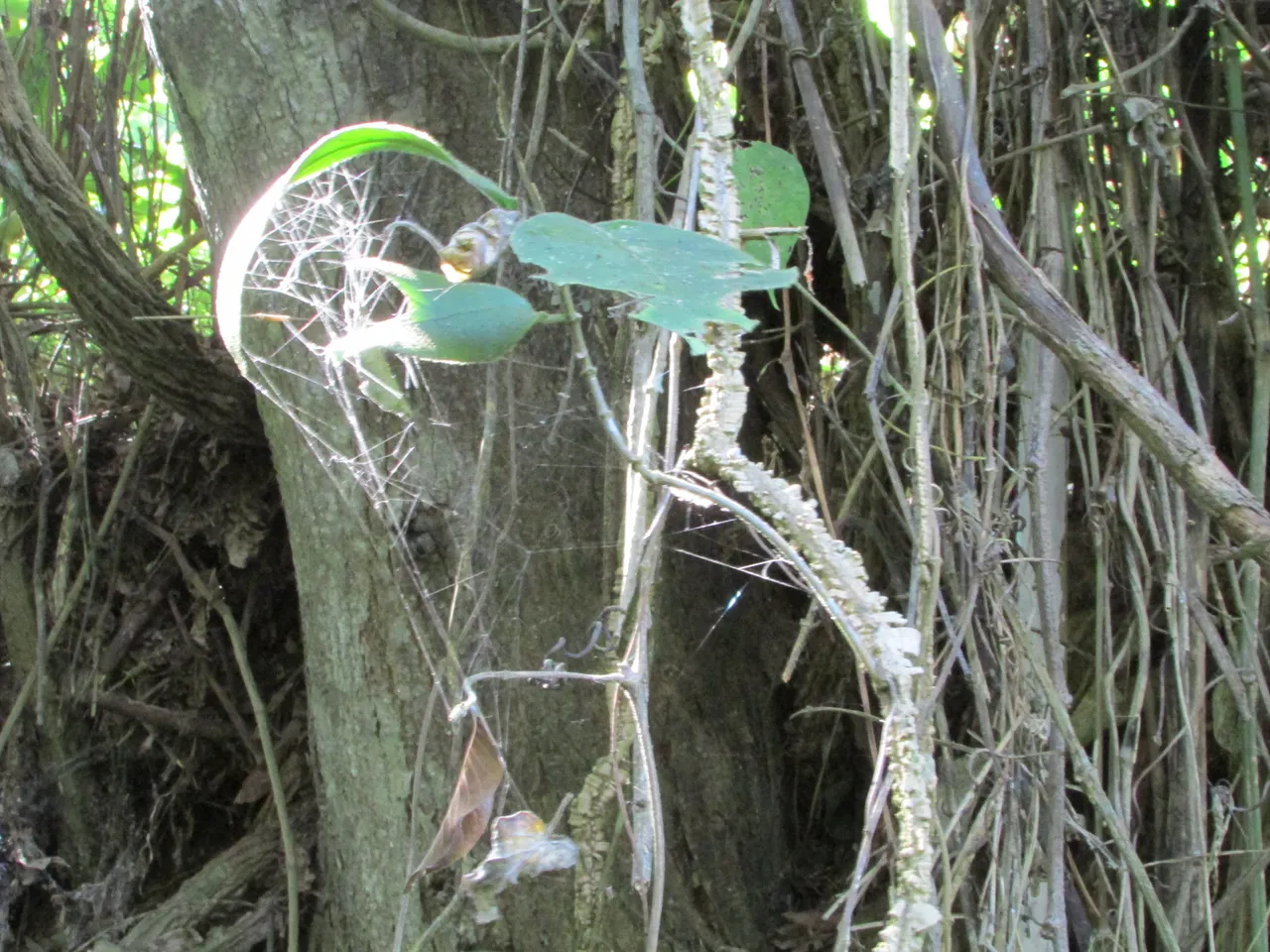
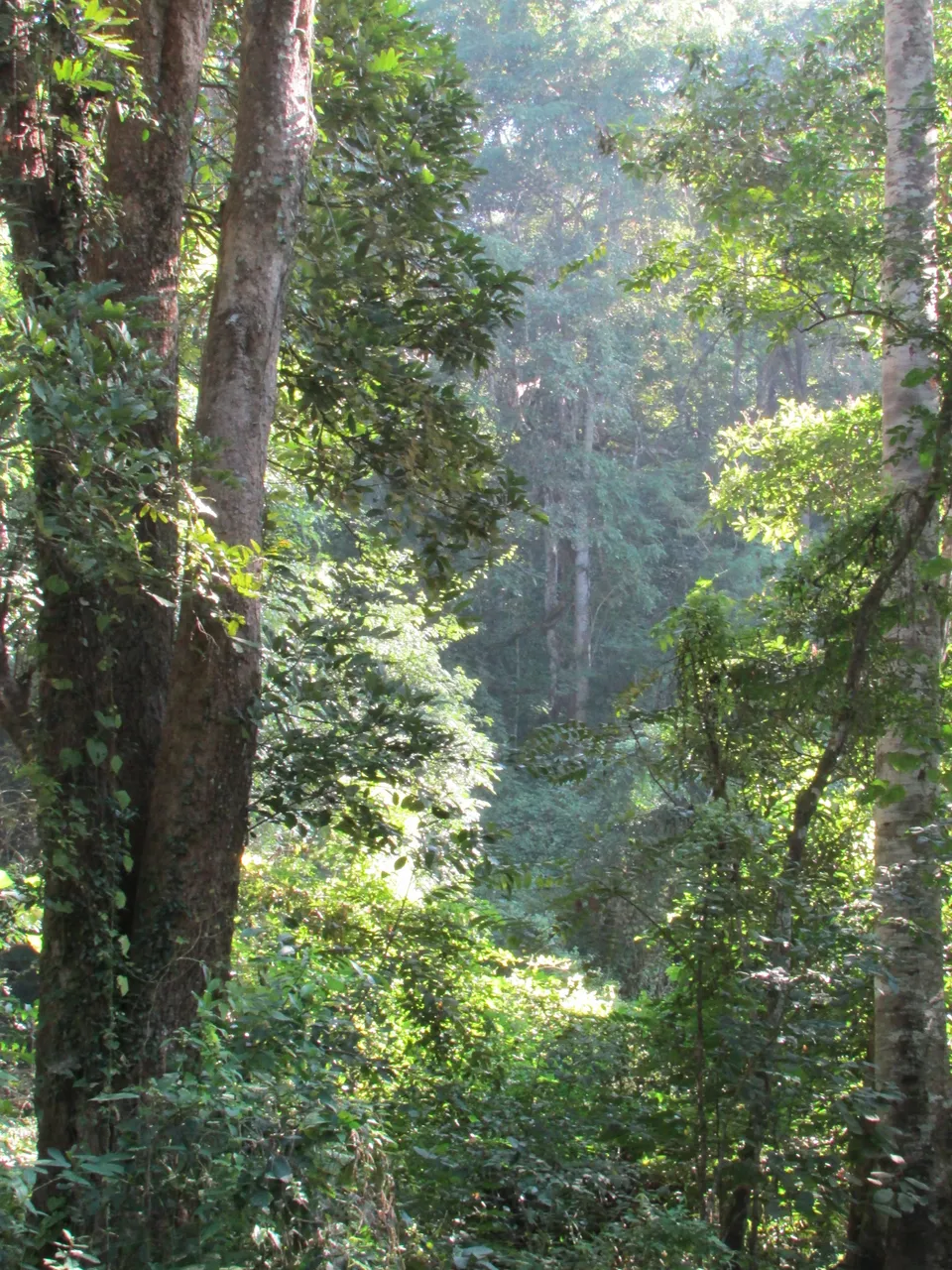
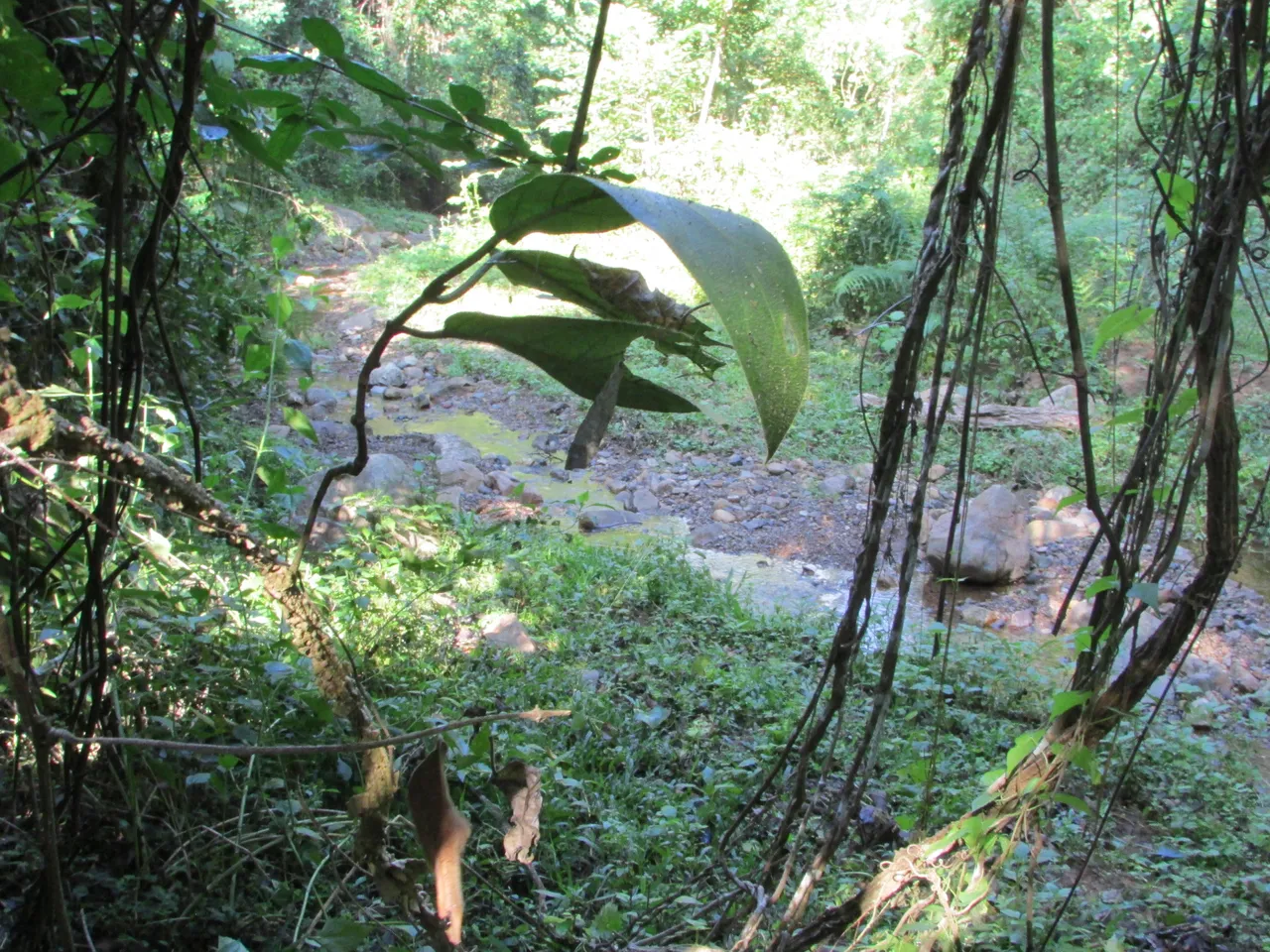
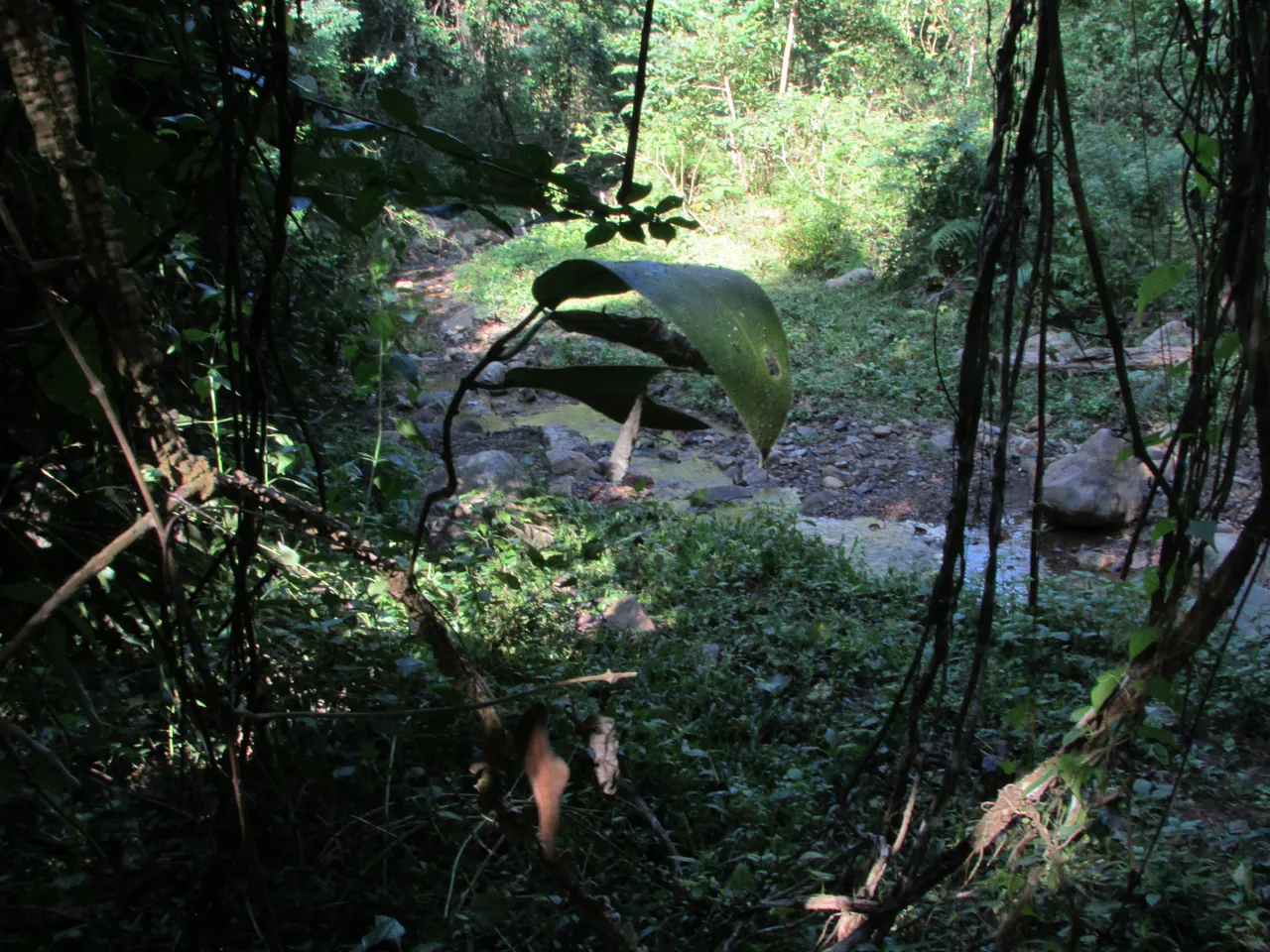

Geographical Distribution and Settlements
The Lisu people, often referred to as the "Liso" or "Lisaw," (knowing the Liso or Lisaw is a 3 strings guitar instrument and that the Lisu dont like to be called an instrument) inhabit not only the remote corners of Northern Thailand but also neighboring countries such as Myanmar, China, and parts of India. In Thailand, they predominantly reside in provinces like Chiang Mai, Chiang Dao, Chiang Rai, and Mae Hong Son. This geographical distribution is a testament to their adaptability to various terrains and climates, showcasing their ability to thrive in the highlands and valleys of Southeast Asia.
A Tapestry of Origins and Migrations
The origins of the Lisu people are rooted in a journey that spans across the rugged landscapes of the Himalayas and the adjacent regions. It's believed that their ancestral migration began from areas encompassing present-day Tibet, Yunnan, and Myanmar. As they navigated through the mountainous paths, the Lisu people carried with them a tapestry of cultures, languages, and traditions that would come to define their unique identity.
Cultural Diversity and Language
While the Lisu people share common threads of heritage, they also embrace a level of diversity within their community. This diversity is reflected not only in their distinct subgroups but also in their languages and dialects. The Lisu language, which falls under the Tibeto-Burman language family, comes in various dialects, each shaped by the geographical locations and historical interactions of their settlements.
Connection to the Land
At the heart of the Lisu identity lies an unwavering connection to the land they inhabit. Their customs, traditions, and way of life are deeply intertwined with the natural environment. From the cultivation of terraced fields to the construction of traditional houses, the Lisu people have cultivated a harmonious relationship with the land that sustains them.
The Significance of Traditional Attire
One of the most visually striking aspects of the Lisu culture is their traditional attire. The vibrant and intricate clothing worn by the Lisu people not only reflects their cultural heritage but also serves as a marker of identity. Each color, pattern, and accessory holds significance, often conveying messages about marital status, community affiliations, and familial connections.
Animism, Ancestral Spirits, and Modern Influences
The Lisu people's spiritual beliefs are rooted in animism, where they recognize and revere the spirits that inhabit the natural world. Ancestral spirits hold a significant place in their cosmology, serving as intermediaries between the human realm and the divine. Over time, Buddhism has also intertwined with Lisu spirituality, creating a unique fusion of beliefs that bridges ancient traditions with contemporary influences.
A Thriving Future in a Changing World
In the modern era, the Lisu people find themselves at a crossroads, navigating the delicate balance between preserving their cultural heritage and embracing the opportunities of the evolving world. As technology, communication, and globalization shape the landscape, the Lisu people work to ensure that their customs, languages, and traditions remain vibrant and relevant for generations to come.
Conclusion: Guardians of Heritage
The Lisu people's journey through time is a testament to the resilience of culture and identity. As they continue to celebrate their roots while embracing the future, the Lisu people stand as guardians of a heritage that bridges generations, borders, and landscapes. Their story serves as an inspiring reminder of the intricate tapestry of human diversity and the power of cultural legacy.